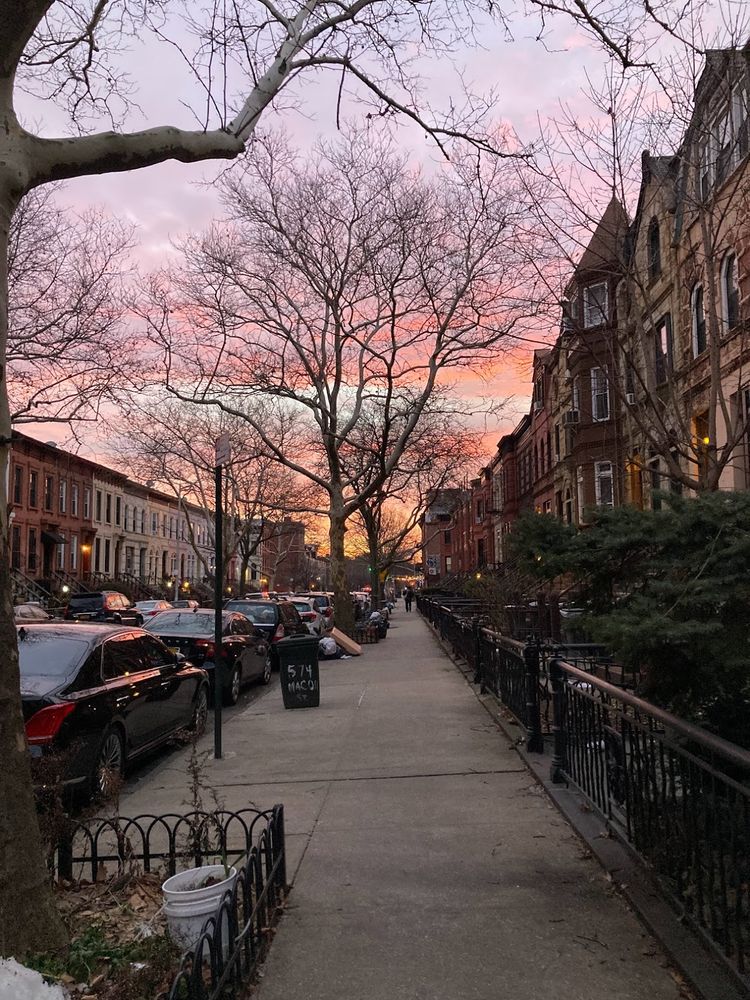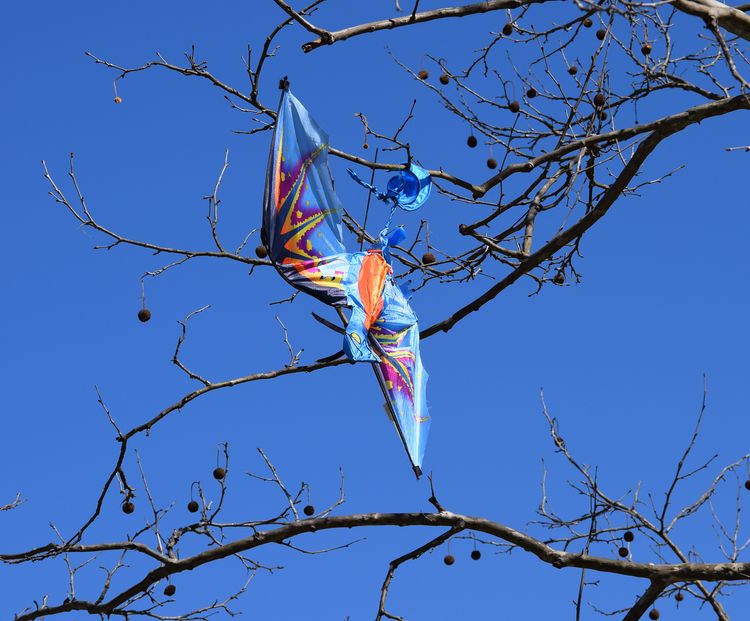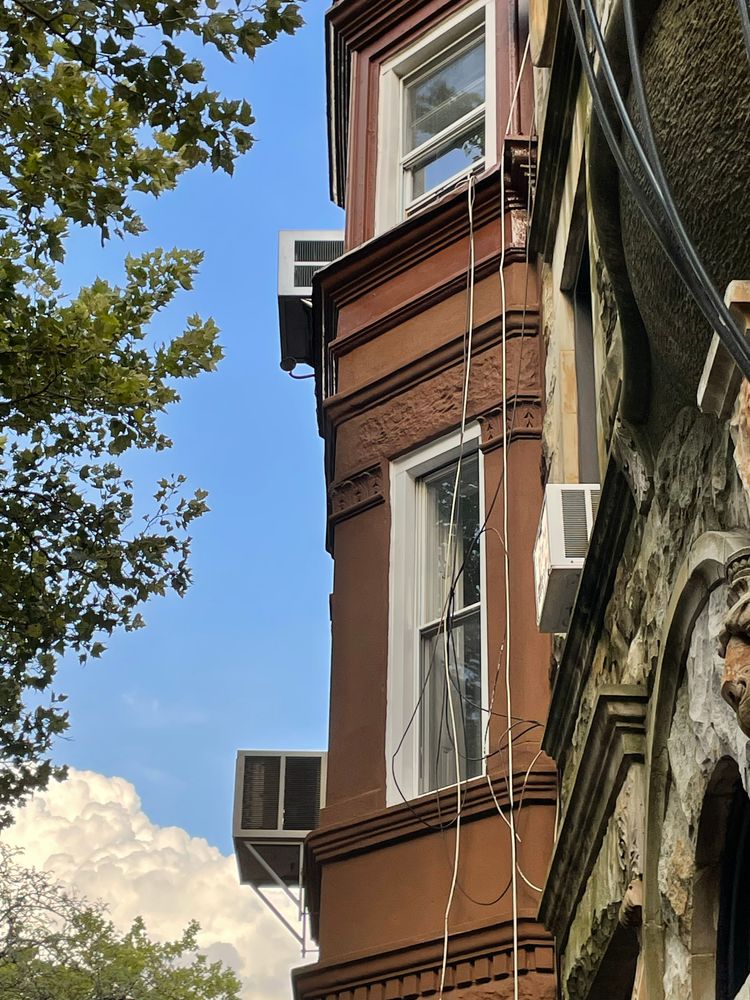Snow Mutes the City Clamor
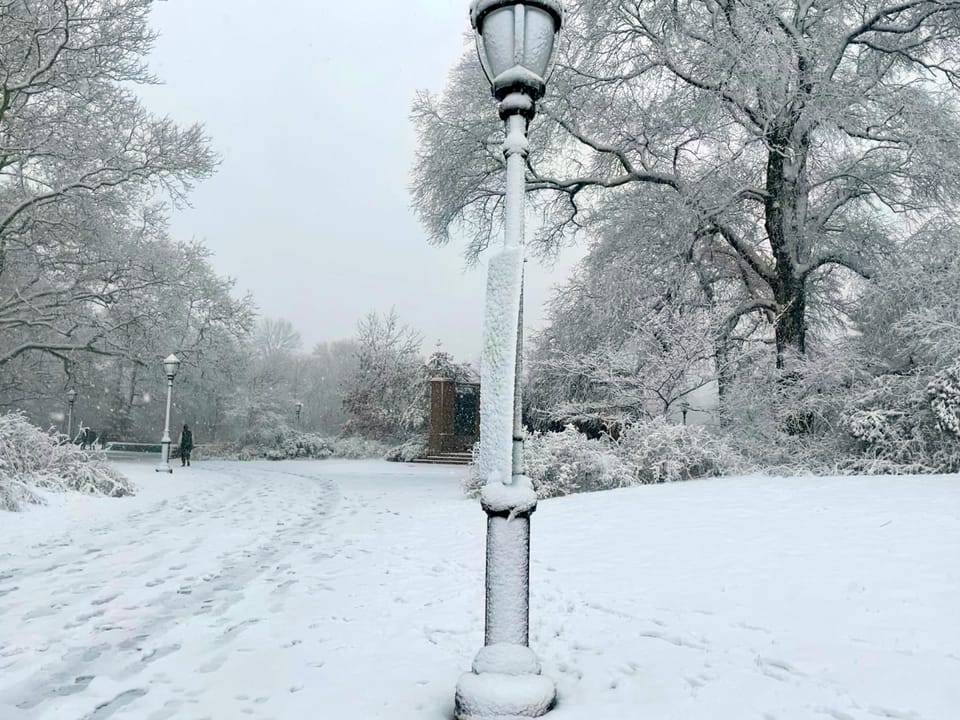
After wet winters of chilling rain and skies like gray construction paper that cast every day in the same pall, the snow finally returns. Mornings are quiet with reduced traffic and people; the rumble of trains has slowed. The calls of geese and ducks that carry small heaps of snow on their backs in the park ponds can compete with distant honks and sirens. The compaction of snow can be heard beneath your shoes, alongside streets where cars must travel more carefully over the slick asphalt.
And then the snow itself helps to muffle the usual city clamor. The crystalline structure of a snowflake keeps noise from bouncing back as it usually would. As it traps air between the flakes where it falls in drifts, it also absorbs sound in those tiny hollows. Freshly fallen snow can even absorb up to 60 percent of sound. This is most effective in colder temperatures, which increase the air density.
Of course, it will not last. The snow will begin to harden and melt; all those sound-catching spaces between the flakes will disappear. Shovels will clear pathways through the sidewalks, and children on sleds (maybe skipping their online classes) will flatten the pristine hills of white. The cars, buses, and delivery bikes will return in droves. And will the snow come back? With climate change altering our world, the winters of the past may never return. Put on your boots and warmest coat and go outside to spend at least a few minutes in the quiet of the falling snow. Try to watch a flake as it tumbles and collects together with others, covering branches, street lamps, and window air conditioning units left out for the season. For a moment, the familiar is transformed, and the world is, at least briefly, a little calmer. Let it envelop you in this ephemeral stillness.
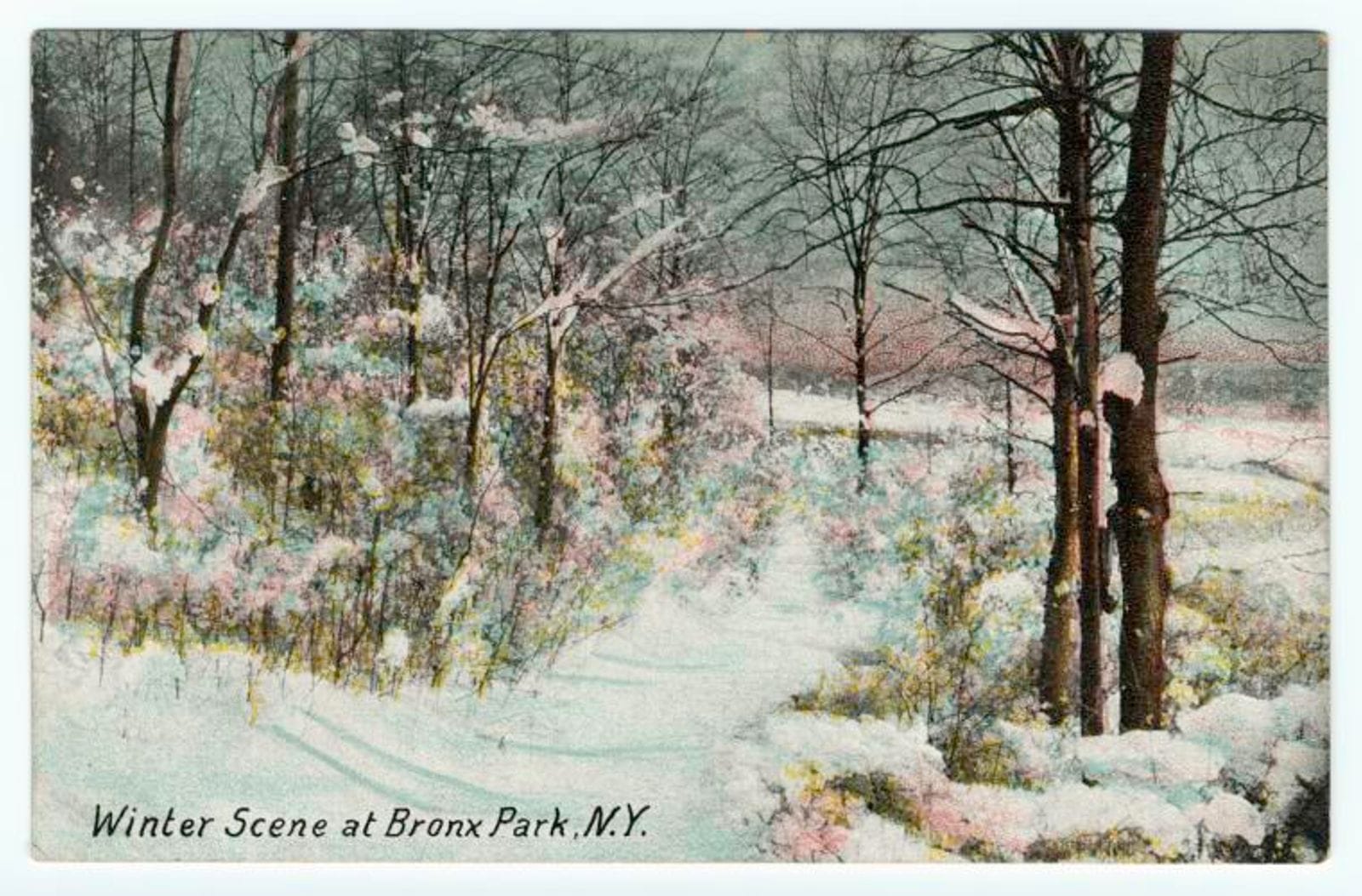
- Will today’s snow be enough to resurrect the Essex Street Snowman? The colossal snowman has regularly risen with the biggest heaps of snow, crowned with a safety cone for a hat. As reported by the Lo-Down in 2012, the fantastic snowman is the work of Dong Wang and Helen Chen, immigrants from China who run the Shan Fu Grocery at the nexus between Chinatown and the Lower East Side.
- Although NYC’s most striking storage for the salt needed to keep the city moving in winter is the Spring Street Salt Shed, a craggy concrete building with a crystalline form inspired by the material it holds, there have been many other heaps of snow preparedness in the city. Back in 2012, the Lumen arts festival staged performances amidst the 150,000 tons of salt at the old Atlantic Salt Company on Staten Island, both using the mounds of salt as stages and as screens for video projections.
- Where can you find quiet on days not blessed with the muting powers of snow? While we cannot all access PinDrop in Midtown—designed to be “one of the quietest rooms in the world” with isolation pads and acoustic panels shut by a soundproof door—there are peaceful zones to seek out. While Time Out NY suggests the Gardens at St. Luke in the Fields, where no phone conversations are allowed, and Architectural Digest recommends the hushed halls of the Cloisters, we will suggest the Alexandria Ballroom period room at the Metropolitan Museum of Art, where, at least based on our first-hand experience, you can enjoy not being disturbed in complete isolation while imagining 18th-century parties of yore. (And if you get lonely, the Memory Palace episode on the room is a perfect companion.)

